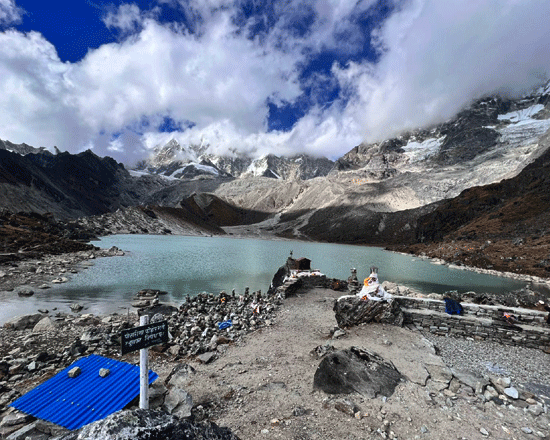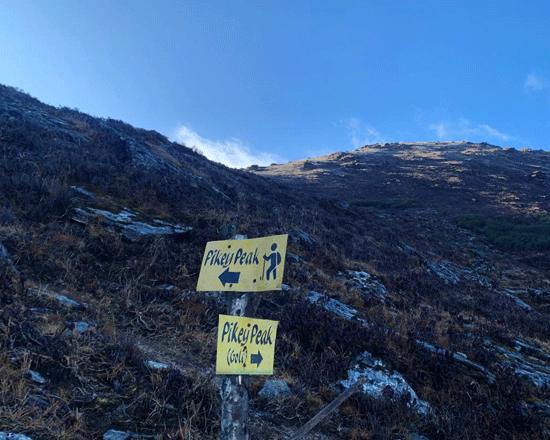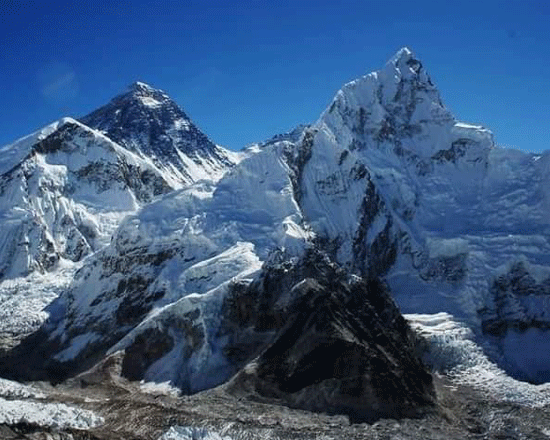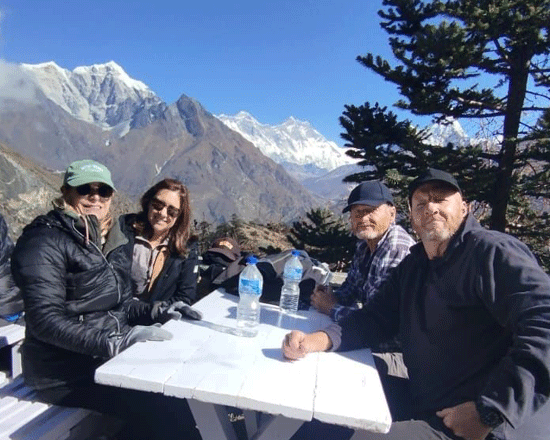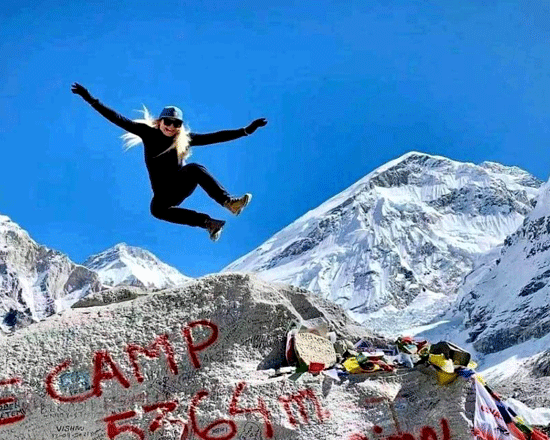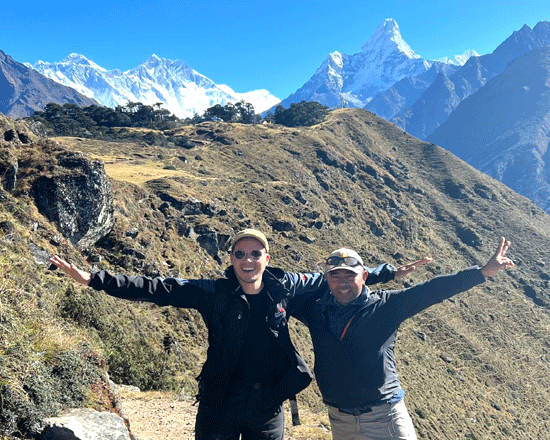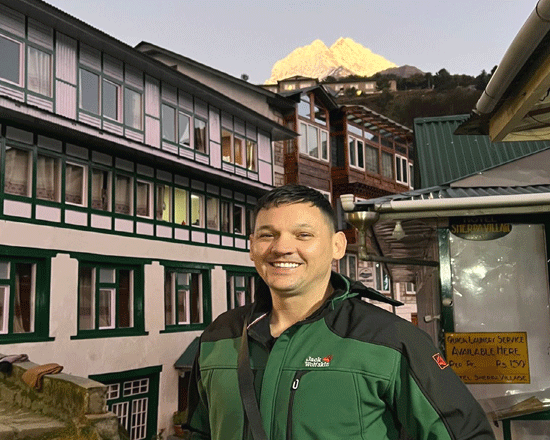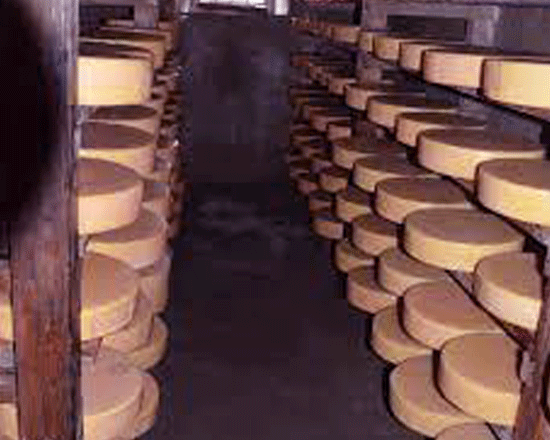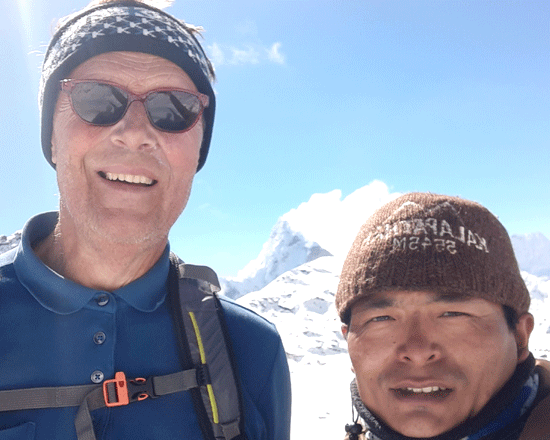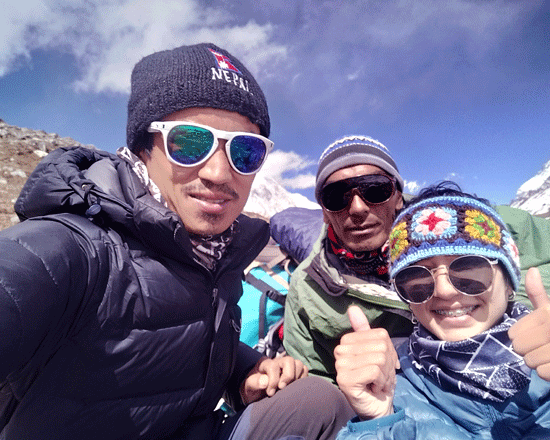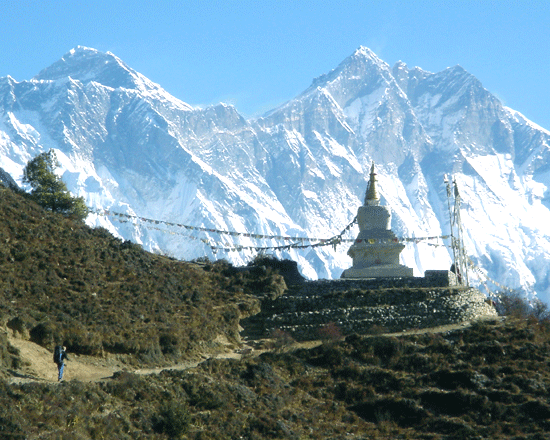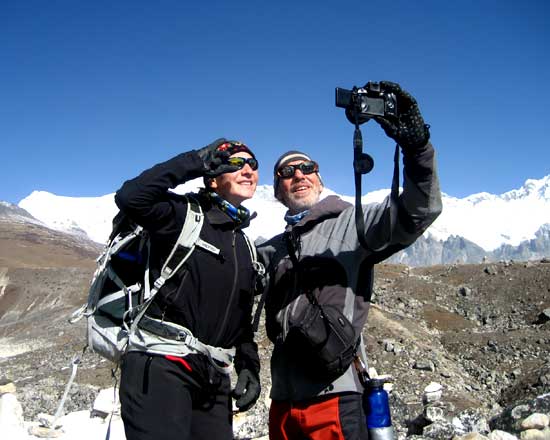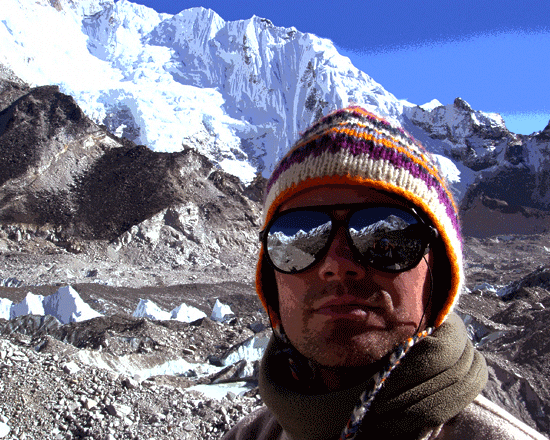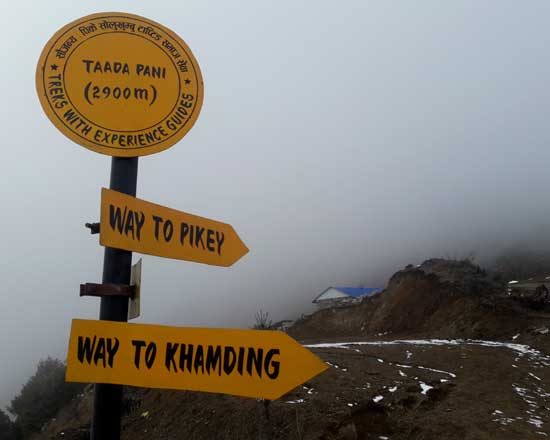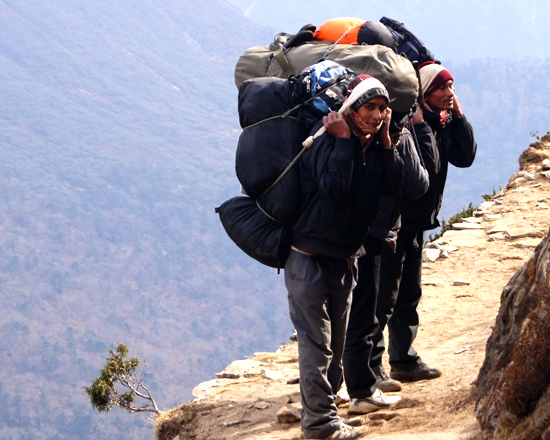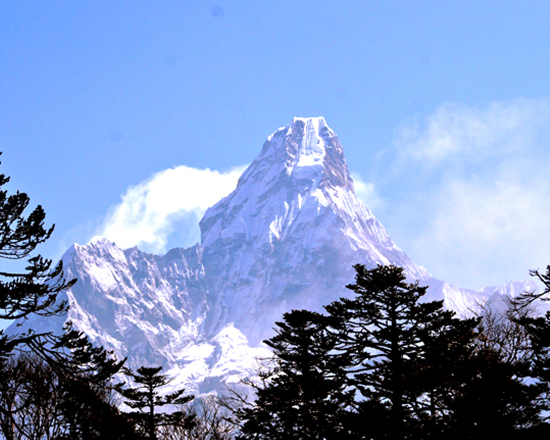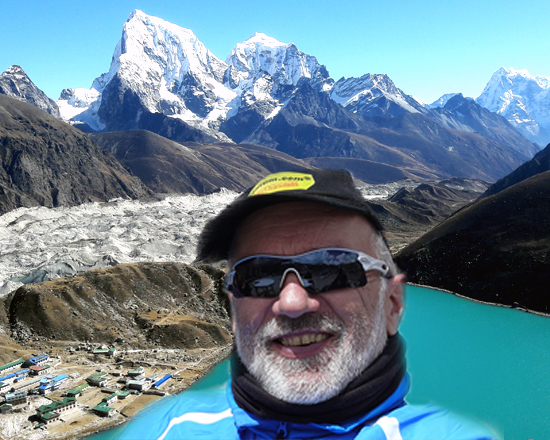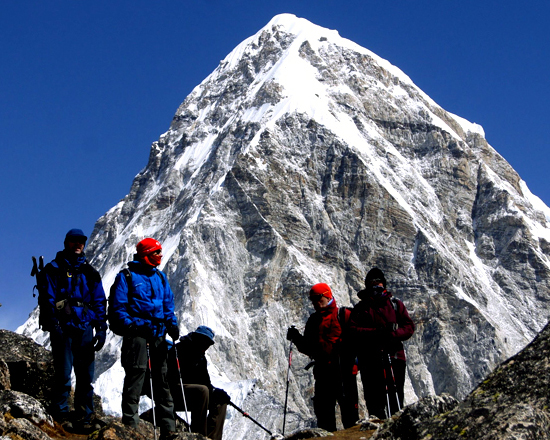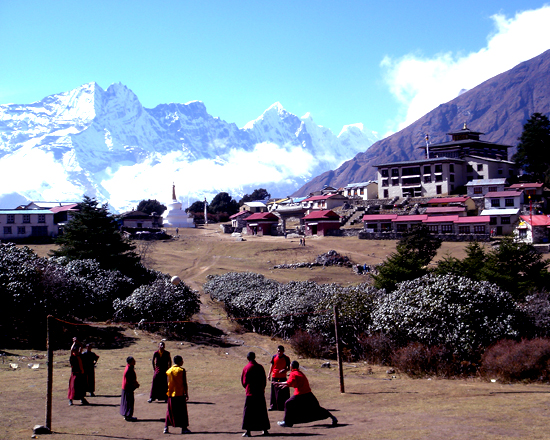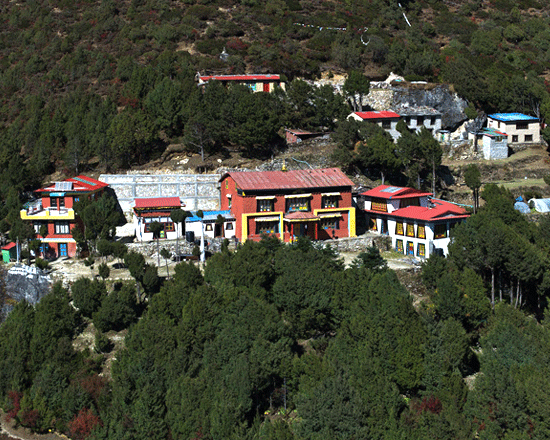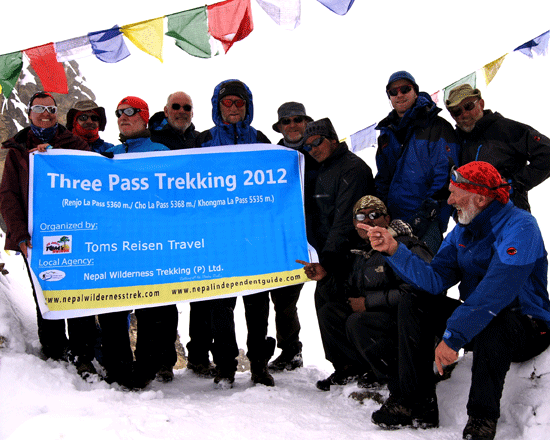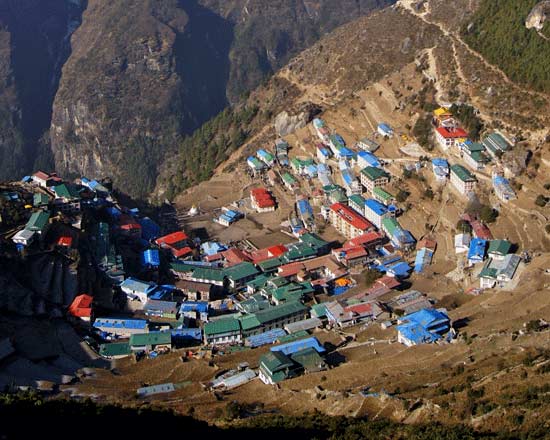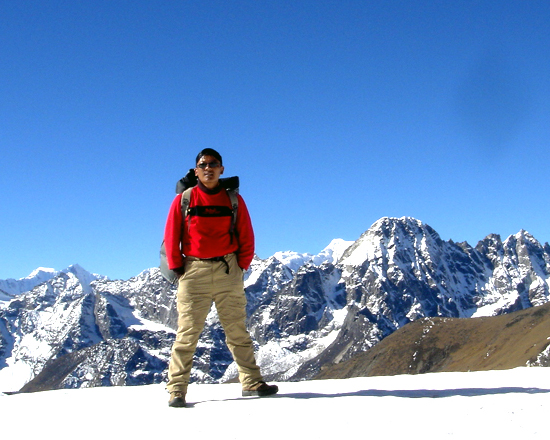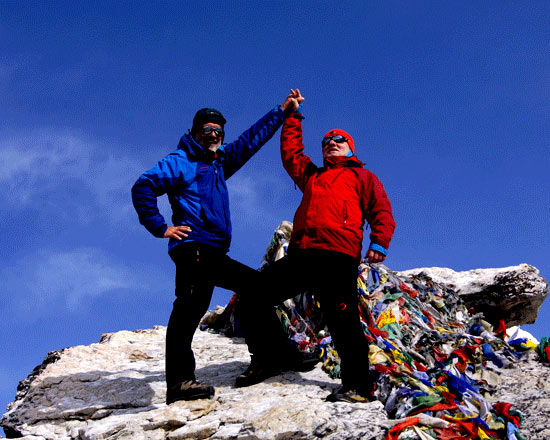Everest Region
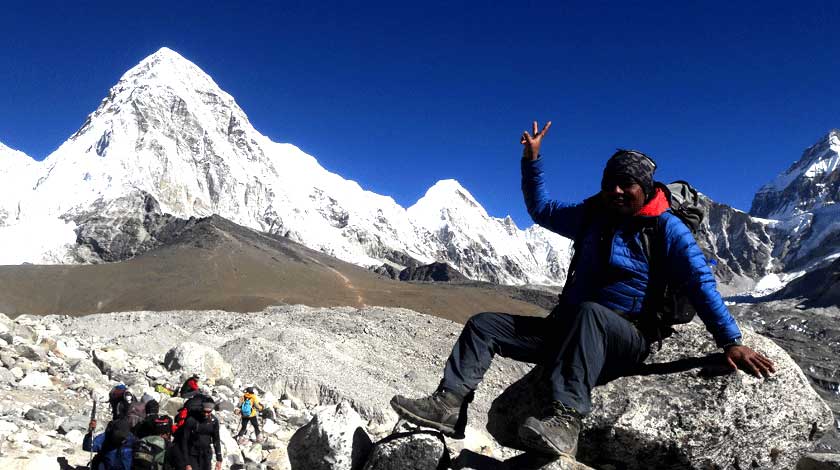
Everest region
Here are some of the most favored treks in this region:
- Everest Base Camp Trek (EBC) Trek
- Highest Point: Everest Base Camp at 5,364 meters (17,598 feet).
- Duration: 12-16 days.
- Highlights: The EBC trek takes you through lush forests, Sherpa villages, and Buddhist monasteries to reach the iconic base camp of Mount Everest. Along the way, you’ll experience stunning views of Everest, Lhotse, and Nuptse, and visit key sites like Tengboche Monastery and Namche Bazaar.
- The Gokyo Lakes trek
- Highest Point: Gokyo Ri at 5,357 meters (17,575 feet).
- Duration: 12-14 days.
- Highlights: This trek is known for its beautiful glacial lakes and panoramic views from Gokyo Ri. It includes crossing the Cho La Pass (5,420 meters/17,782 feet) and offers stunning vistas of Everest, Lhotse, and Makalu. The trek also includes a visit to the serene Gokyo Lakes.
- Everest Three Passes Trek
- Highest Point: Renjo La Pass at 5,388 meters (17,676 feet), Cho La Pass at 5,420 meters (17,782 feet), and Kongma La Pass at 5,535 meters (18,159 feet).
- Duration: 18-22 days.
- Highlights:The challenging trek takes trekkers crossing three high passes and offers incredible views of the Everest region. Along the way, adventurers are treated to splendid panoramas of Everest, Lhotse, Nuptse, and other Himalayan giants.
- Everest View Trek
- Highest Point: Tengboche at 3,867 meters (12,687 feet)
- Duration: 7-10 days
- Highlights: It provides a delightful option for those in search of a more relaxed trek. This moderately easy trek guides adventurers through traditional Sherpa villages, offering striking views of the Everest, Lhotse, and Ama Dablam mountain ranges. Trekkers also visit the ancient and revered Tengboche monastery, a significant spiritual landmark in the region. It’s a great option for those who want to experience the Everest region but have limited time or are looking for a less strenuous trek.
- EBC via Jiri
- Highest Point: Everest Base Camp at 5,364 meters (17,598 feet)
- Duration: 18-20 days
- Highlights: This route approaches Everest Base Camp from the east, starting from Jiri and passing through lesser-traveled areas. It offers a chance to experience more of the rural and cultural aspects of Nepal before joining the classic EBC trail.
- For seasoned adventurers, the Island Peak trek beckons. This challenging trek leads adventurers to the summit of Island Peak, a towering mountain standing at 6,189 meters in the Everest region. Along the way, trekkers have the chance to immerse themselves in the culture of the Sherpa communities and savor jaw-dropping Himalayan vistas.
These are merely a handful of the numerous trekking possibilities in the Everest region. Each trek boasts its distinctive charm, cultural experiences, and trekking thrills, making this region an irresistible destination for trekking enthusiasts from across the globe.
Why Trek in the Everest Region?
- Iconic Views: The region provides unparalleled views of Everest, Lhotse, Nuptse, and other Himalayan giants.
- Sherpa Culture: Experience the rich culture and hospitality of the Sherpa people, including visits to traditional villages, sherpa museum and monasteries.
- Varied Terrain: Oppotunity to trek from lush forests to high-altitude deserts, with the opportunity to explore beautiful glacial lakes and high mountain passes.
Best Time to Trek in the Everest Region
The best times for trekking in the Everest region are during the pre-monsoon (March to May) and post-monsoon (September to November) seasons. These periods offer clear skies, stable weather, and the best views of the mountains.
Trekking in the Everest region is an extraordinary experience, combining breathtaking scenery, cultural encounters, and the challenge of high-altitude trekking. Whether you’re reaching the base camp of the world’s highest peak or exploring high mountain passes, the Everest region promises a memorable adventure.

